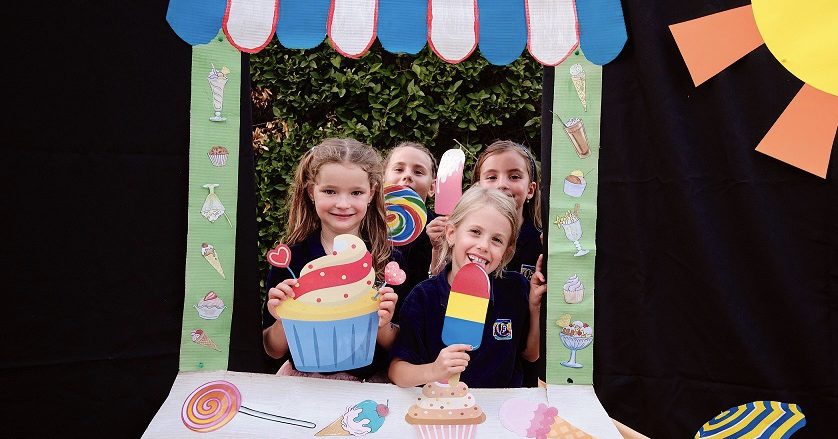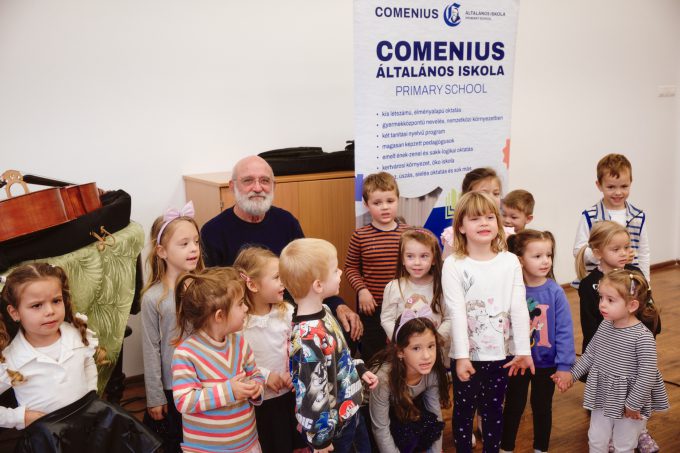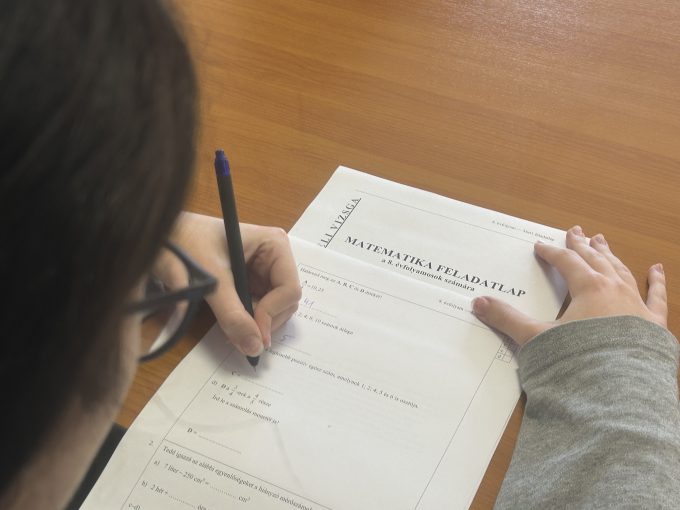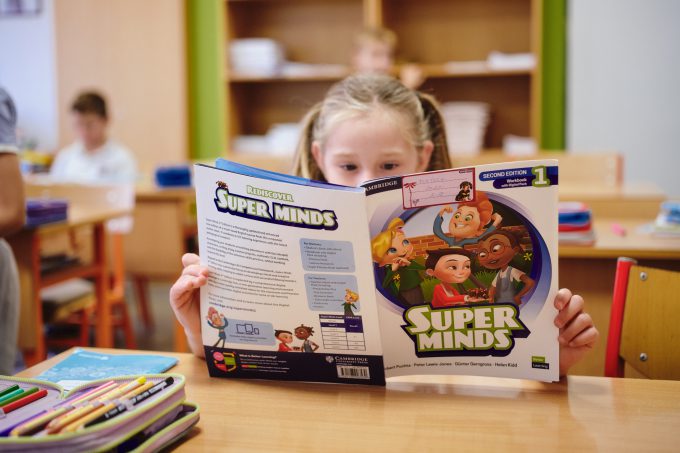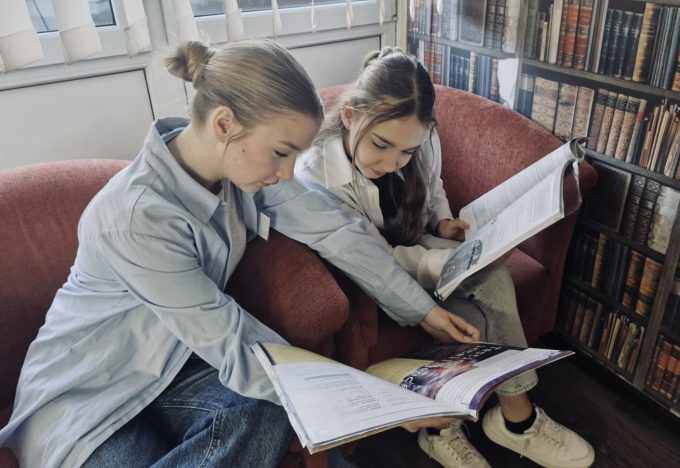On the trail of the Finnish school miracle – Part 1: Our first impressions of a Finnish school • #gyereacomeniusba
It’s already getting dark by the time we reach the school. As we step inside, we’re greeted by the scent of freshly printed books and an ocean of new books. We descend upon the textbooks like kids in a candy store. “Look at this one! And this one!” we exclaim excitedly. A Hungarian author—in Finnish—2nd-grade math. Réka finds a treasure: “This author is a highly regarded educator in Hungarian teacher training!”
Our friend Béla, who manages the school facility, watches our enthusiasm with a smile. “Let’s keep going if you want to finish before midnight—this school has 1,200 students!”
The space opens up, and our eyes widen in amazement. We stumble into a choir of older adults and a brass band rehearsal. They welcome us warmly and kindly. You can sense that the respect for the Hungarian-Finnish language kinship is alive here too.
Béla tells us the school was built by the Finnish state, and the city government allows the local community to use its spaces and rooms free of charge outside of teaching hours. This is how local musicians get rehearsal space, and those who want to do sports get gym access. Smart use of resources!
Let’s take a closer look at what an average Finnish elementary school is like!
Elementary school here goes up to grade 9. Students learn general subjects in classes of 16. There’s a strong emphasis on practical lessons: in groups of 8, they learn household tasks—cooking, sewing, laundry, ironing. All this happens in stunningly equipped practice kitchens, and even in small in-house bakeries and pastry shops.
Now let’s look at the industrial training rooms! (You’ll be dizzy by the end!)
We start off with some knitting and crocheting (yes, boys too!): we pass by knitting machines. Okay, that’s still manageable.
Then we see a range of basic carpentry tools and a wood lathe. Impressive!—I think. Then we pass huge woodcutting machines and laminating machiness. “Somebody clearly got carried away ordering equipment,” I think. Béla clarifies: this kind of investment could be done in Hungary too—but in Finland, it's written into law.
Now we’re in the metalworking room. So many tools—everything you’d need for classical metalwork. And a lathe! I mean, where in Hungary would eighth-graders get access to this?
Béla keeps leading us. We see four CNC milling machines operated by computers. What?! In an elementary school?! Over here, a mini blast furnace; over there, students are learning to weld using electricity. “The girls do it better,” Béla explains. “They have a lighter touch.” And is that…? Am I seeing right?
Yes! We’re looking at aluminum welding tools. In Finland, every student finishes elementary school having learned this.
In Hungary, that’s considered a full-fledged profession.
We’re floored. Our jaws drop.
Later that evening we pour ourselves a pint of good Finnish beer and start processing what we’ve seen.
Stay tuned. Keep reading—it's worth it!
DON’T FIT IN THE BOX?
COME TO COMENIUS!
#hanemférszbeleadobozba; #gyereacomeniusba

